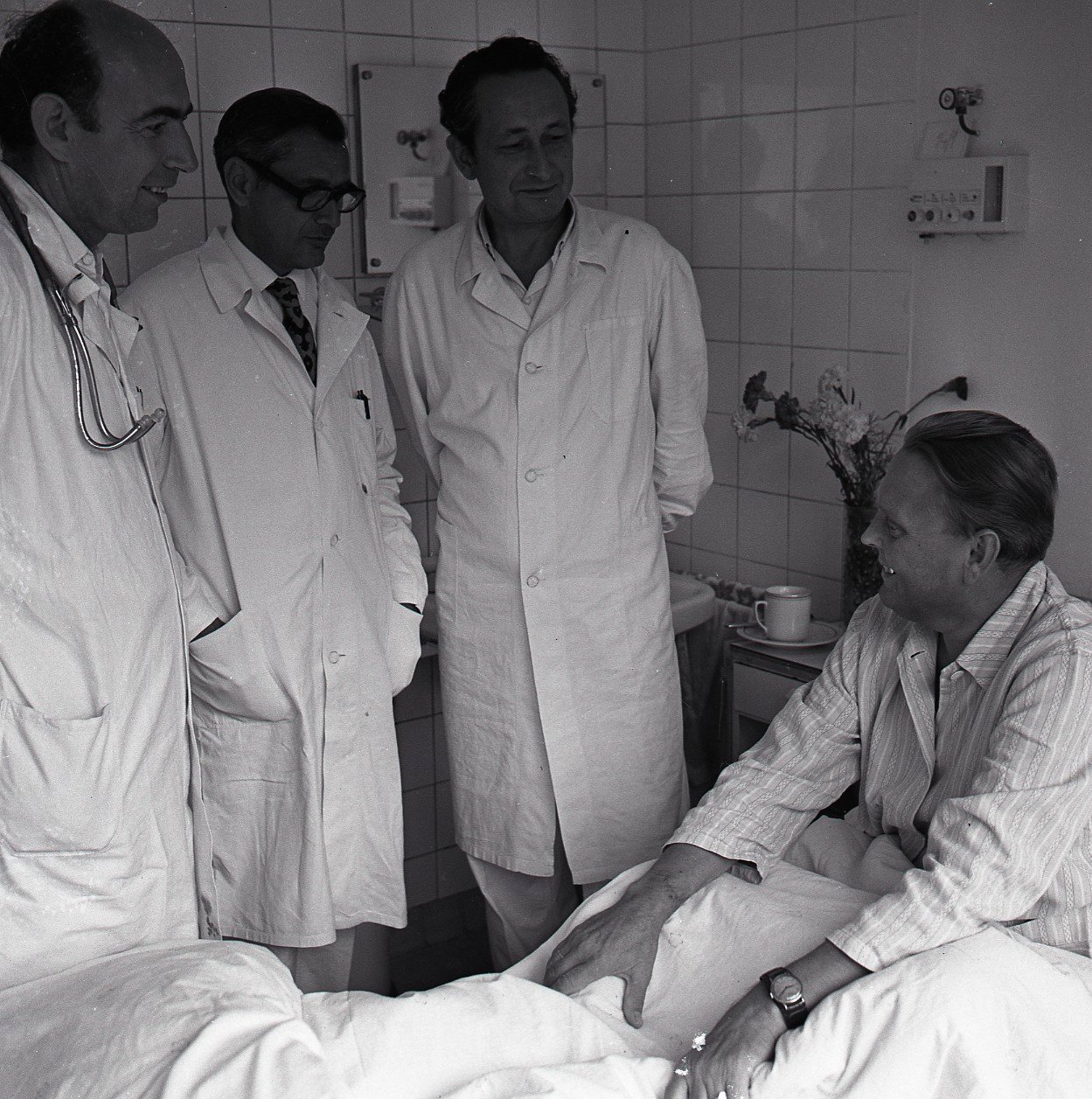“Socialism was more socially just because everyone was remunerated according to the results of their work and there were no big differences in incomes”
is the statement that 68.7% of respondents participating in the April 2018 poll carried out by the FOCUS agency agree with.
Facts and disproval of the myth ↓
Under the pretence of social justice and equality, the socialist regime was systematically resulting in injustice based on forcible and through central interventions pushed equalization of incomes and property of people. Through nationalization, collectivization, and the 1953 monetary reform, the communists stole people´s property and started the process of liquidation of richer and middle classes, which was accompanied by pressure on termination of self-employment and other minor business activities.
Moreover, the regime created elite and privileged groups from among its supporters and defined the groups of people subject to persecution. Through incomes and in other ways, the regime restricted not only those who wanted to carry out business activities but also those who expressed views that were not in line with the communist party´s policy. Restrictions were implemented also via long-term income and property related disadvantages and persecutions frequently affected also family members. The chosen ones included communist party officials and the nomenclature (enterprise directors, vice-directors, etc.), ministry employees, soldiers, police officers, miners, and loyal artists (pop singers, actors…) whose incomes exceeded the average income when compared to others. Work results were not assessed based on market principles but on preferences of the ruling communist party. The party supported loyal people and manual work was more advantageous than intellectual work.
Significant income differences existed also according to official statistical data. In 1959, for example, the groups with the highest incomes received 3.5 times the wage of a majority of the workers in the lowest income categories. But the income and property related differences during the socialist era were even bigger than those indicated by official statistical data. They were hidden behind the walls of the party´s sanatoriums and hotels, specialized shops, and other unofficial benefits enjoyed by “communist feudal lords”. New classes were created in the society officially declared to be classless. The differences based on income and property were replaced by artificially created differences based on the party related and other non-market advantages and disadvantages.
In fact, socialism created the equality in poverty and overall heading towards it with the exception, of course, of the ruling elite and its supporters. According to official statistical data, almost one tenth of the population with low incomes lived at a level close to poverty. Pensioners formed a great part of that group. The minimum old-age pension was at the edge of physical hardships and was not subject to any systematic adjustments. The pensions adjusted for inflation stagnated in the eighties and their rates were even dropping if we factor in higher shadow economy prices. Real pensions started to increase only after the change of the regime, immediately after the initial drop, while pensioners could afford less goods than today (see Table 5 and chapter 2.6 Social justice in practice).
Inhabitants´ purchasing power and standard of living were lower than official statistical data indicates and the problem related to people´s poverty and low standard of living during the socialist era was fully obvious when compared to the standard of living in developed Western countries (more in chapter 2.5 Financial and property related situation of people).



